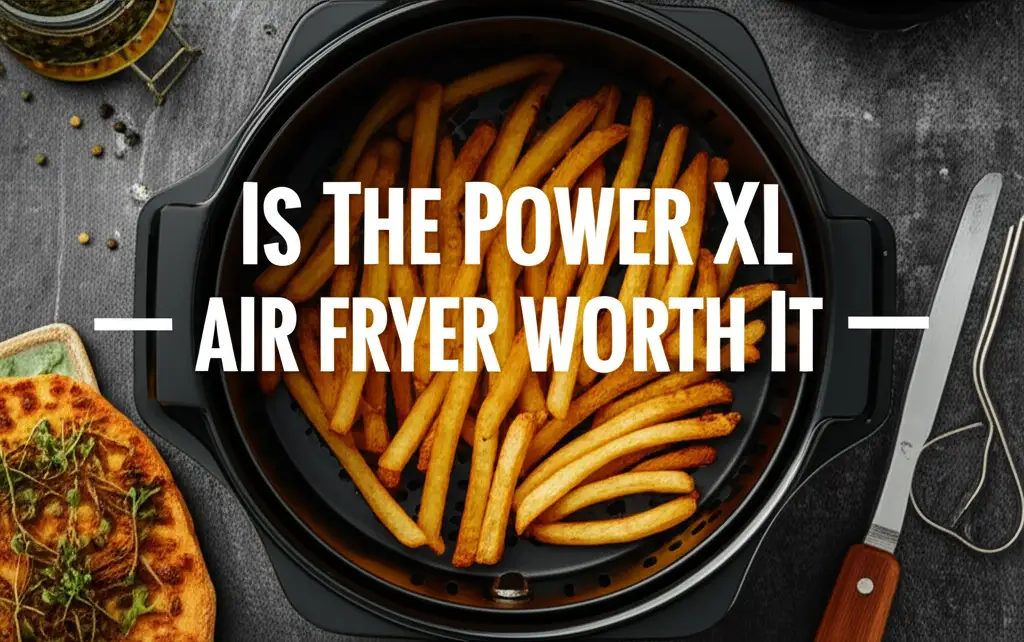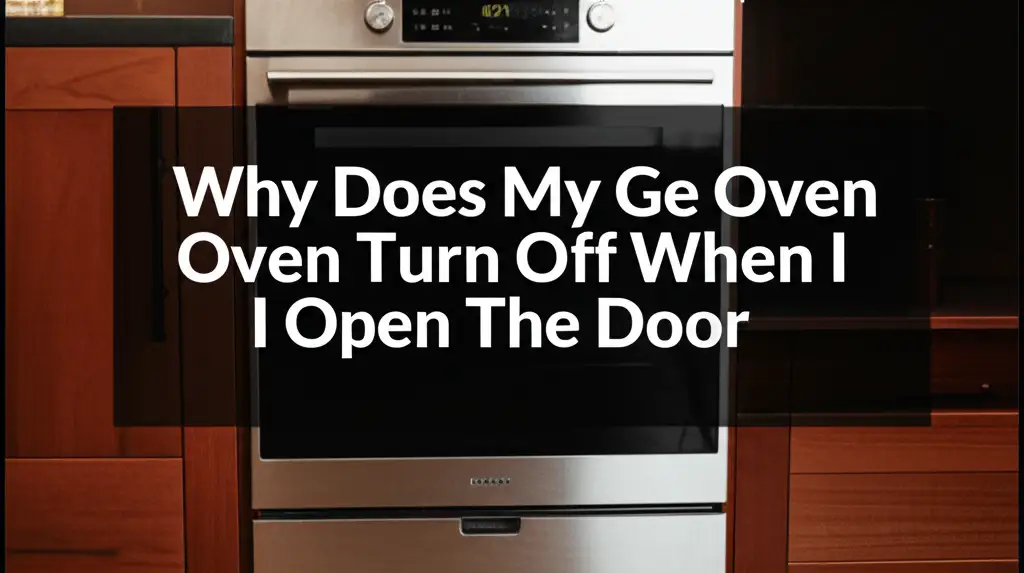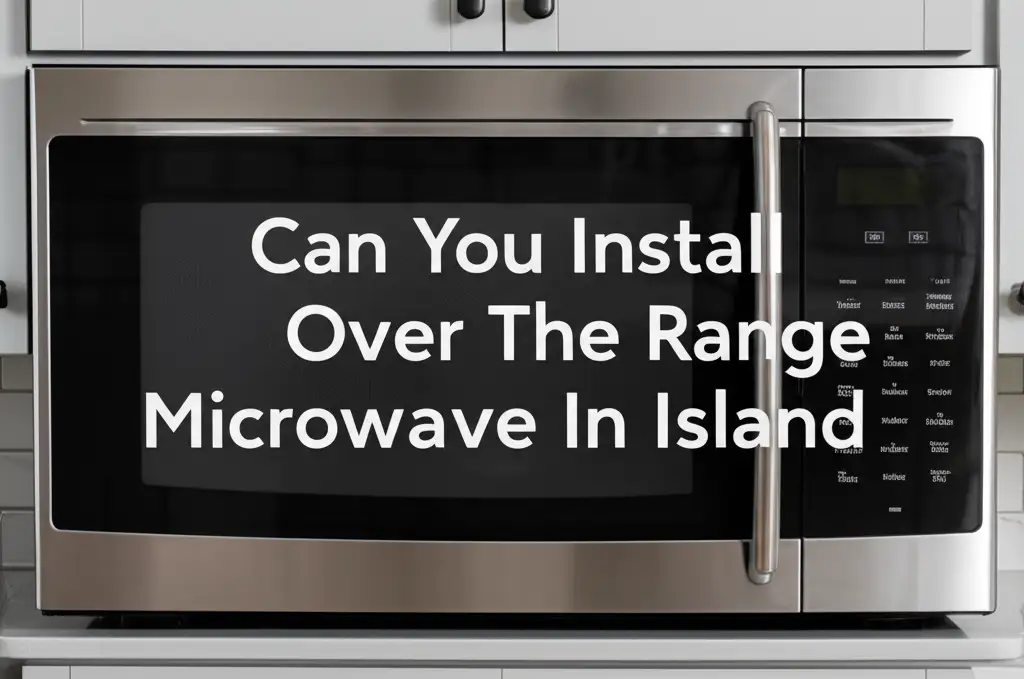· Todd Martin · Kitchen Appliances · 13 min read
How To Clean Electric Skillet

Unlock the Shine: How To Clean Electric Skillet Effectively
Your electric skillet is a versatile kitchen appliance. It handles everything from frying bacon to simmering stews. Keeping it clean is important for its performance and your health. This guide will show you exactly how to clean electric skillet models safely. We cover routine care, deep cleaning methods, and ways to prevent damage.
Cleaning your electric skillet properly keeps it working well. It ensures your food always tastes fresh. It also extends the life of your appliance, saving you money. Let’s make your electric skillet shine again. We will walk through the steps to achieve this.
Takeaway
- Always unplug and cool your electric skillet before cleaning.
- Wash the cooking surface with warm, soapy water after each use.
- Use baking soda and vinegar for stubborn stains and baked-on food.
- Never submerge the electrical components in water.
- Dry all parts completely before storing the skillet.
Clear Answer to Main Query
To clean an electric skillet, first unplug it and let it cool completely. Wipe out loose food debris. Wash the cooking surface with warm, soapy water and a soft sponge. Rinse the non-electrical parts thoroughly. Dry the skillet completely before storing it to prevent rust and mildew.
Why Proper Electric Skillet Cleaning Matters
An electric skillet simplifies many cooking tasks. You might use it for frying, sautéing, or even baking. Regular cleaning is key to keeping it in top condition. Neglecting cleaning can lead to several problems.
Food residue can build up on the cooking surface. This creates a breeding ground for bacteria. Dirty skillets pose a food safety risk. They can also transfer old flavors to new meals. A clean skillet ensures your food tastes its best. It prevents cross-contamination.
Uncleaned residue bakes onto the surface over time. This makes it harder to remove later. It can also damage the non-stick coating or cooking surface. This damage reduces the skillet’s efficiency. It shortens the appliance’s overall lifespan. Proper care saves you money in the long run. Learn more about keeping other electric kitchen appliances clean, like when you need to how to clean electric stove top.
A well-maintained skillet works better. Its heating elements distribute heat evenly. This helps your food cook consistently. A dirty skillet can have hot spots. This leads to uneven cooking. Cleanliness ensures peak performance every time you cook.
Essential Tools and Supplies for Cleaning Your Electric Skillet
Having the right tools makes cleaning your electric skillet easy. Most items are common household products. You probably already have them in your kitchen or cleaning cabinet. Gather these before you start.
First, you need a mild dish soap. Choose one that cuts through grease effectively. Avoid harsh detergents or abrasive cleaners. These can scratch delicate surfaces. A soft sponge or non-abrasive cloth is also essential. This helps protect the skillet’s finish. Steel wool or scrubbing pads can damage non-stick coatings.
Baking soda is a powerful natural cleaner. It helps lift baked-on food and neutralize odors. White vinegar is another versatile item. It works well for dissolving grease and mineral deposits. A rubber spatula can help scrape off larger food pieces. This reduces scrubbing later.
You will also need clean towels for drying. Microfiber cloths are excellent for this. They absorb water well and leave no lint. For very stubborn stains, a plastic scraper can be useful. Make sure it is safe for non-stick surfaces. For general cleaning tips that might apply to various kitchen items, check out our guide on how to clean stainless steel.
Always keep your electric skillet’s instruction manual handy. It may have specific cleaning advice. This is especially true for unique materials or features. Following these guidelines helps you maintain your appliance. It ensures its longevity and safety.
Step-by-Step Daily Cleaning for Your Electric Skillet
Daily cleaning keeps your electric skillet ready for use. It prevents food buildup from becoming permanent. This simple routine ensures hygiene and preserves the skillet’s surface. Make this a habit after every cooking session.
Cooling Down Safely
The very first step is crucial: unplug the electric skillet. Allow it to cool down completely. This prevents burns and damage to the heating element. Never attempt to clean a hot skillet. Thermal shock can warp the metal or crack the coating. Cooling might take 30 minutes or more. Be patient.
Once cool, remove any large food scraps. Use a rubber spatula or paper towel for this. This reduces the amount of scrubbing needed. It also keeps your sink from clogging. Dispose of food waste properly.
Gentle Washing Techniques
Now you can wash the skillet. Add a few drops of mild dish soap to the cooking surface. Use warm water and a soft sponge. Gently wipe away grease and food residue. Pay attention to corners and edges. For electric griddles, the process is very similar; you can find more tips on how to clean electric griddle.
Do not submerge the entire electric skillet in water. The control probe and electrical components must stay dry. Some models have removable cooking pans. If yours does, you can immerse only the pan. Refer to your manual for specific instructions on your model. Rinse the cleaned surface thoroughly with warm water. Ensure all soap residue is gone. Soap left behind can affect future cooking. Dry the skillet immediately with a clean cloth. This prevents water spots and rust.
Deep Cleaning Your Electric Skillet: Tackling Stubborn Residue
Sometimes daily cleaning is not enough. Baked-on food or stubborn grease can accumulate. When this happens, your electric skillet needs a deep clean. This process uses more intensive methods. It restores your skillet to its pristine condition.
Dealing with Baked-On Food
For baked-on food, start by adding a small amount of water to the skillet. Heat it on low for a few minutes. This softens the stuck-on bits. Turn off the skillet and let it cool. Then, use a plastic or wooden spatula to gently scrape away the softened food. Do not use metal spatulas on non-stick surfaces.
Next, make a paste with baking soda and a little water. Spread this paste over the stubborn spots. Let it sit for 15-20 minutes. The baking soda helps lift the grime. Then, scrub gently with a soft sponge. For very tough, burnt-on spots, you might find techniques similar to how to clean burnt glass useful, as the principles of softening and gentle scraping apply. Rinse well with warm water. Ensure no baking soda residue remains.
Conquering Greasy Buildup
Greasy buildup requires a different approach. After wiping out loose grease, apply a mixture of warm water and dish soap. Let it sit for a few minutes. For thick grease, you can add a tablespoon of white vinegar to the water. Vinegar helps cut through grease. It also works as a mild disinfectant.
For the exterior and handle, use a damp cloth with a little dish soap. Wipe down all surfaces. Be careful around the electrical cord and control unit. Never let water get into these parts. If your skillet has a removable lid, clean it separately. Lids can often go in the dishwasher. Check the manufacturer’s guidelines for your specific lid. For persistent grease, insights from how to clean oil out of oven can offer additional strategies for grease removal.
After cleaning, always rinse the skillet thoroughly. Dry it completely before storage. Air drying can lead to water spots or mildew. A clean, dry skillet is ready for your next culinary adventure.
Special Considerations for Different Electric Skillet Surfaces
Electric skillets come in various materials. Each type requires specific cleaning care. Understanding your skillet’s surface helps prevent damage. It ensures effective cleaning every time.
Most electric skillets feature a non-stick coating. This is often Teflon or ceramic. Non-stick surfaces are delicate. Always use soft sponges or cloths for cleaning. Avoid abrasive scrubbers, metal utensils, or harsh chemicals. These can scratch or degrade the coating. Such damage leads to food sticking. It also reduces the skillet’s lifespan. If food starts to stick, your non-stick coating is likely compromised. Gentle cleaning preserves its integrity.
Some electric skillets have stainless steel exteriors or parts. Stainless steel is durable but can show fingerprints and water spots. For these areas, use a mild soap and water solution. Wipe with the grain of the steel. A microfiber cloth gives the best results. For a streak-free shine, you can use a dedicated stainless steel cleaner. You can find more comprehensive details on how to clean stainless steel. Avoid chlorine bleach or abrasive cleaners on stainless steel. They can cause discoloration or pitting.
Ceramic-coated electric skillets offer a natural non-stick surface. They are typically more scratch-resistant than traditional non-stick. However, they can still chip if hit hard. Clean ceramic surfaces with mild soap and warm water. Baking soda paste works well for stubborn stains. Avoid extreme temperature changes, which can affect the ceramic.
Finally, always protect the heating element and control probe. These parts are electrical. They must never be submerged in water. Wipe them with a damp cloth if needed. Ensure they are completely dry before reconnecting to power. Proper care for these components is vital for safety and function.
Preventing Damage and Extending Your Electric Skillet’s Lifespan
Taking a few proactive steps can greatly extend your electric skillet’s life. Prevention is always better than repair or replacement. These practices ensure your skillet performs well for years.
First, always allow your skillet to cool down completely. This must happen before you clean it. Sudden temperature changes can warp the cooking surface. They can also damage the non-stick coating. Let it sit on a heat-resistant surface until it is cool to the touch. This simple habit protects its integrity.
Use only appropriate cooking utensils. Metal spatulas can scratch non-stick surfaces. Opt for silicone, wood, or heat-resistant plastic utensils. These materials are gentle. They glide over the surface without causing harm. Scratches on non-stick coatings lead to food sticking. This makes cleaning harder.
Avoid harsh chemicals and abrasive cleaners. These include oven cleaners or strong degreasers. They can strip non-stick coatings. They can also corrode metal parts. Stick to mild dish soap, baking soda, and vinegar. These are effective and safe for most skillet materials. For tough stains on the bottom of other cooking vessels, refer to tips on how to clean bottom of pan.
Proper storage is also crucial. Store your electric skillet in a dry place. Protect the cooking surface from scratches. Place a paper towel or soft cloth between the skillet and other pans. This prevents scratches during storage. Keep the control probe separate if it is removable. Store it in a way that protects its electrical contacts. This extends the life of the entire unit.
Preheating your skillet correctly helps too. Avoid heating an empty non-stick skillet on high heat for too long. This can damage the coating. Add a little oil or food before preheating. This distributes heat evenly. It protects the surface from overheating.
Common Electric Skillet Cleaning Mistakes to Avoid
Even with good intentions, cleaning mistakes happen. Knowing what to avoid is as important as knowing what to do. These common errors can damage your electric skillet. They can also shorten its lifespan.
One major mistake is submerging the entire electric skillet in water. Many models have integrated heating elements and electrical connections. These parts are not waterproof. Water can seep into the wiring. This creates a shock hazard. It can also permanently damage the appliance. Always check your specific model’s instructions. If it has a removable, submersible pan, that’s different. But never put the main unit with the cord in water.
Another error is using abrasive cleaning tools. Steel wool pads, harsh scouring powders, or metal brushes are too aggressive. They scratch non-stick coatings. Once scratched, food will stick more easily. This makes future cleaning harder. It also ruins the non-stick properties. Always choose soft sponges, nylon scrubbers, or microfiber cloths.
Using harsh chemicals is also a mistake. Bleach, oven cleaners, or strong degreasers can corrode surfaces. They can degrade non-stick finishes over time. These chemicals might also leave residues. These residues can transfer to your food. Stick to gentle, food-safe cleaners. Mild dish soap, baking soda, and vinegar are often sufficient.
Failing to dry the skillet completely before storage is another pitfall. Moisture encourages rust, especially on exposed metal parts. It can also lead to mildew growth. This can cause odors. Always wipe the skillet thoroughly dry. Allow it to air dry for a short period before putting it away.
Finally, ignoring the control probe or heating element area is common. While you cannot submerge them, they still need care. Food splatters can accumulate in crevices. Wipe these areas with a damp cloth. Ensure they are dry before storing or reusing. A clean control unit ensures accurate temperature regulation. Avoiding these mistakes ensures your electric skillet stays functional. It keeps it safe for cooking.
FAQ Section
Can I put my electric skillet in the dishwasher?
Most electric skillets are not dishwasher safe. The electrical components are integrated into the base. Submerging them in water, even in a dishwasher, can cause severe damage. It creates a safety hazard. Always check your skillet’s instruction manual. Some models have removable cooking pans that are dishwasher safe.
How do I remove burnt-on food from my electric skillet?
First, let the skillet cool completely. Add a small amount of water and simmer on low heat for a few minutes. This softens the food. Turn it off, cool, then scrape gently with a plastic spatula. For stubborn spots, make a paste of baking soda and water. Apply it, let it sit for 15-20 minutes, then gently scrub with a soft sponge.
Is it safe to submerge the electric skillet in water?
No, it is generally not safe to submerge the entire electric skillet in water. The electrical parts, including the heating element and control unit, are not designed for immersion. Doing so can cause electrical short circuits, permanent damage to the appliance, and poses an electrocution risk. Only submerge parts explicitly stated as submersible in your manual, typically just the cooking pan if it’s detachable.
How often should I clean my electric skillet?
You should perform a basic cleaning of the cooking surface after every use. This prevents food buildup. Deep cleaning is necessary less often, perhaps once a month or as needed. Deep clean when you notice stubborn stains or significant grease accumulation. Regular maintenance keeps your skillet hygienic and extends its life.
Can I use steel wool on my electric skillet?
No, you should not use steel wool on your electric skillet. Steel wool is abrasive. It can scratch and damage the non-stick coating or cooking surface. This leads to food sticking. It also shortens the skillet’s effective lifespan. Always use soft sponges, nylon scrubbers, or non-abrasive cloths.
What is the best cleaner for a non-stick electric skillet?
The best cleaner for a non-stick electric skillet is mild dish soap and warm water. For tougher stains, a paste made from baking soda and water works well. White vinegar can also help cut through grease and hard water stains. Avoid harsh chemicals or abrasive cleaners. They can degrade the non-stick surface.
Conclusion
Cleaning your electric skillet does not need to be a difficult chore. With the right approach, you can keep this essential appliance sparkling. We covered everything from daily cleaning to tackling stubborn stains. Remember to always prioritize safety by unplugging the skillet and allowing it to cool. Gentle cleaning methods protect the cooking surface.
Regular cleaning makes your electric skillet last longer. It ensures your food cooks evenly. It keeps your kitchen hygienic. Embrace these simple steps to master how to clean electric skillet models effectively. A well-maintained skillet is a joy to use. Start today and enjoy a cleaner, more efficient cooking experience.
- electric skillet cleaning
- how to clean a skillet
- deep clean skillet
- maintain electric skillet
- kitchen cleaning





